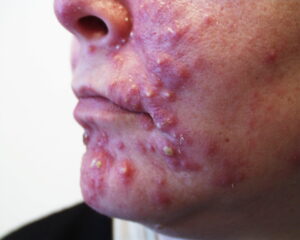You can reach your SMA consultants 24 hours a day, seven days a week. The following interactions are included in your subscription.
|
STERLING ADVICE® |
STERLING ADVICE PLUS® |
|||
| Individual | Family | Individual | Family | |
| Real-time consults | 3 | 10 | 5 | 15 |
| Email communications | 5 | 15 | 10 |
30 |
| Additional contacts | $10 per | $10 per | $10 per | $10 per |
| Access to online library | Unlimited | Unlimited | Unlimited | Unlimited |
| Access to health blog |
Unlimited |
Unlimited | Unlimited |
Unlimited |
Thanks for liking and following Straight, No Chaser! This public service provides a sample of what http://www.SterlingMedicalAdvice.com (SMA) will offer beginning November 1. Until then enjoy some our favorite posts and frequently asked questions as well as a daily note explaining the benefits of SMA membership. Please share our page with your Friends on WordPress, and we can be found on Facebook at SterlingMedicalAdvice.com and on Twitter at @asksterlingmd.
Copyright © 2013 · Sterling Initiatives, LLC · Powered by WordPress


















